You are here
Back to topChina’s Durian Imports Hit Record High in 2024
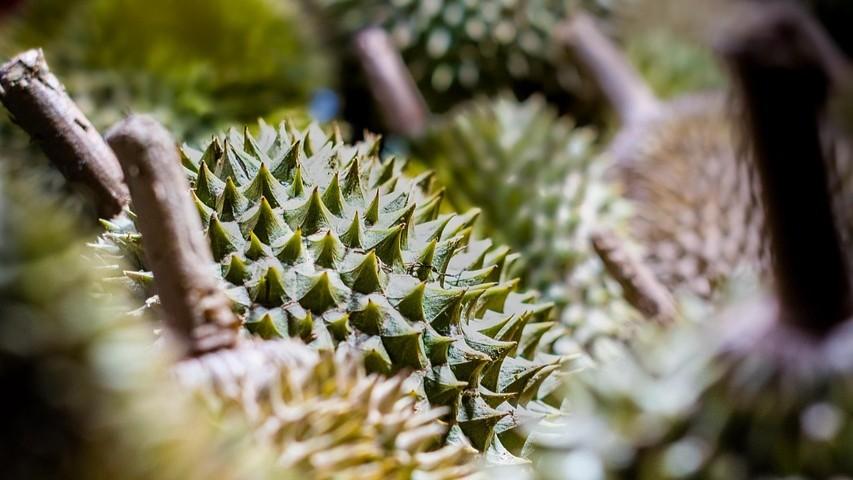
Data from China Customs indicate that China imported approximately 1.56 million metric tons of durians in 2024 with a total value of $6.99 billion, setting new historical records. These figures represent year-on-year increases in import volume and import value of 9.4% and 4.1%, respectively.
Thailand remained the largest supplier of durians to the Chinese market, with total exports valued at $4.01 billion, a year-on-year decline of 12%. However, an overreliance on industrial plantations and reduced yields caused by extreme heat have led to quality issues with Thai durians. As a result, Thailand’s market share in China fell from 68% in 2023 to 57.4% in 2024.
Thailand is also facing intense competition from Vietnam, China’s second-largest durian supplier. In 2024, Vietnam’s durian exports to China soared by 37.6%, reaching $2.94 billion. This growth increased Vietnam’s market share in China from 33% in 2023 to 42.1% in 2024.
Together, Thailand and Vietnam almost completely dominated China’s imported durian market, accounting for 99.5% of the total. The Philippines and Malaysia collectively made up the remaining 0.5%. Notably, the Philippines exported $32.46 million worth of the fruit to China last year, representing a remarkable year-on-year growth of 144.4%.
Malaysia gained approval to export fresh durians to China in June 2024 and sent its first shipment in August. During the subsequent five-month period, the country exported fresh durians valued at $5.71 million.
According to Datuk Seri Mohamad Sabu, Malaysia’s Agriculture and Food Security Minister, fresh Malaysian durians are regarded as premium quality, commanding higher prices compared with those imported from other Southeast Asian countries.
As China’s durian imports continue to grow, other countries such as Indonesia are also eager to access this lucrative market. In late 2024, Zulkifli Hasan, Indonesia’s Coordinating Minister for Food Affairs, announced efforts to expedite this process.
Laos is also striving to enter the Chinese market as its durian industry emerges. Bounchanh Kombounyasith, the director general of the country’s Department of Agriculture, reportedly stated that Laotian durians would soon be exported to China, with market access documents currently being prepared.
Tao Jian, a Chinese investor and the owner of the company Jinguo, has reportedly planted over 50,000 durian trees in the Bolaven Plateau region of southern Laos, highlighting the area’s fertile soil as ideal for durian cultivation. By crossbreeding Malaysian varieties with local strains, the company has successfully developed high-quality durians suited to the local environment. Tao believes that Laos has the potential to soon become the world’s fourth-largest durian producer, following Thailand, Vietnam and Malaysia.
As suppliers from various countries seek to expand their exports to China, they also face challenges, including concerns about food safety and quality. For example, some durians have been rejected owing to excessive levels of the heavy metal cadmium. Earlier this year, China also tightened its import standards after detecting the unpermitted dye auramine O in Thai durians, requiring testing for the substance. This caught Thai and Vietnamese exporters off guard, leading to significant delays and rejections of shipments.
As more countries enter the Chinese durian market, major durian-producing nations in Southeast Asia are also becoming increasingly cautious about the potential risk of oversupply. The rapid influx of new suppliers could create an imbalance between supply and demand, which is particularly concerning for perishable fruits such as durians.
Image: Pixabay
This article was translated from Chinese. Read the original article.




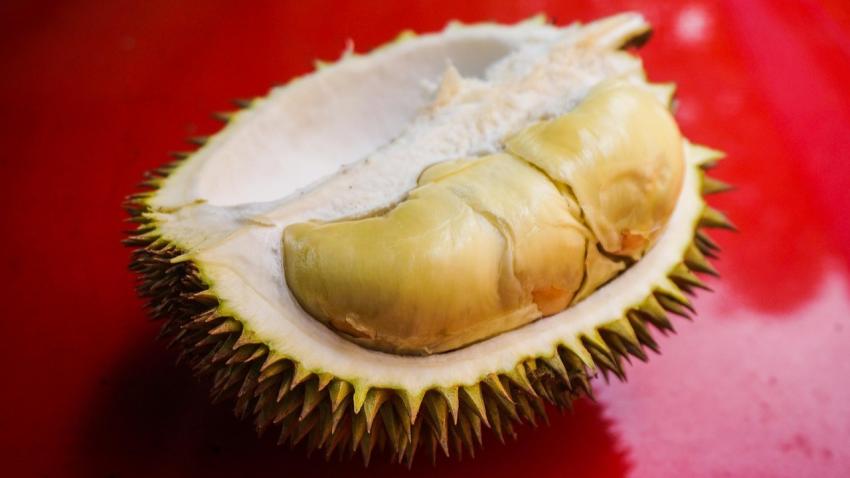
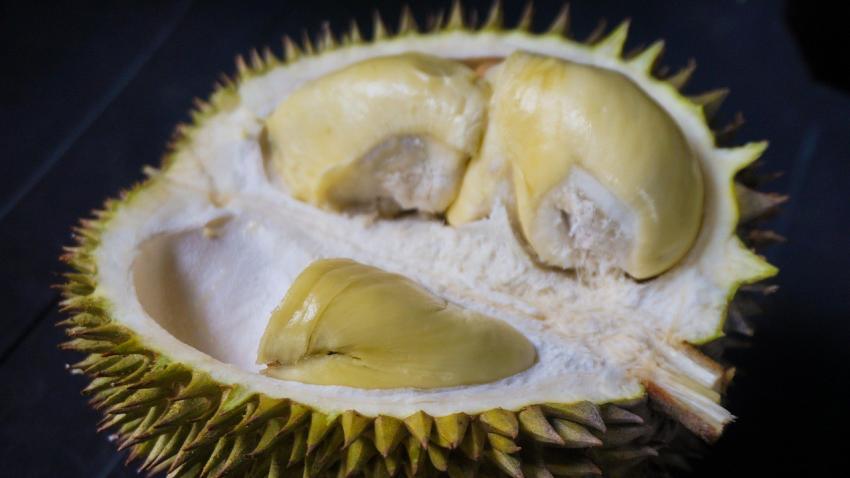
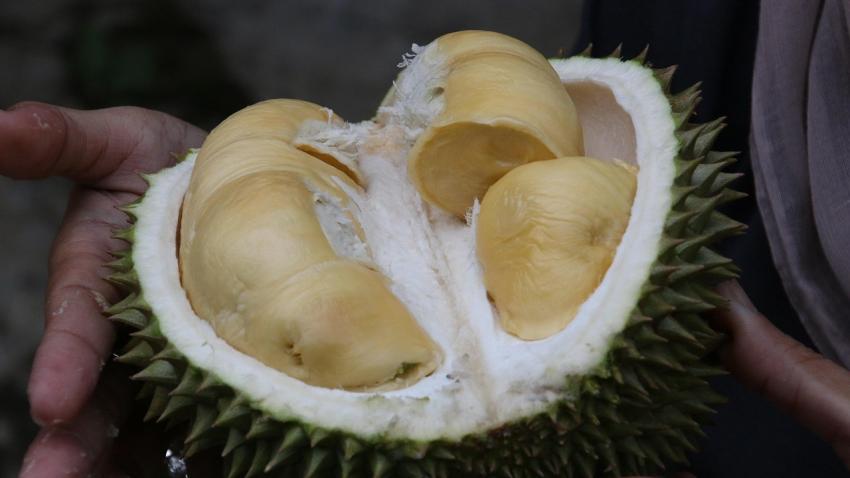
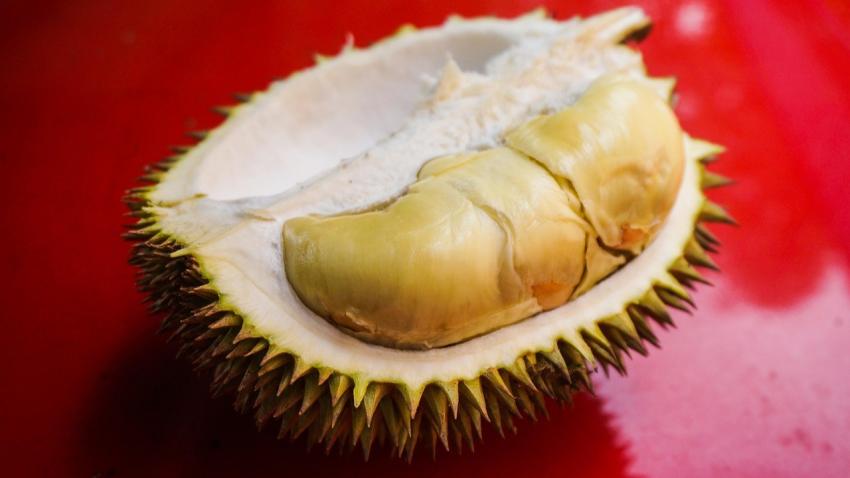
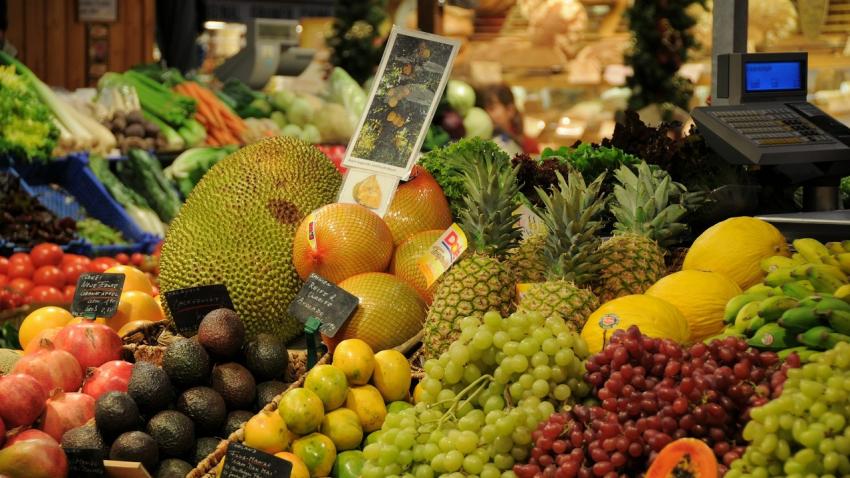
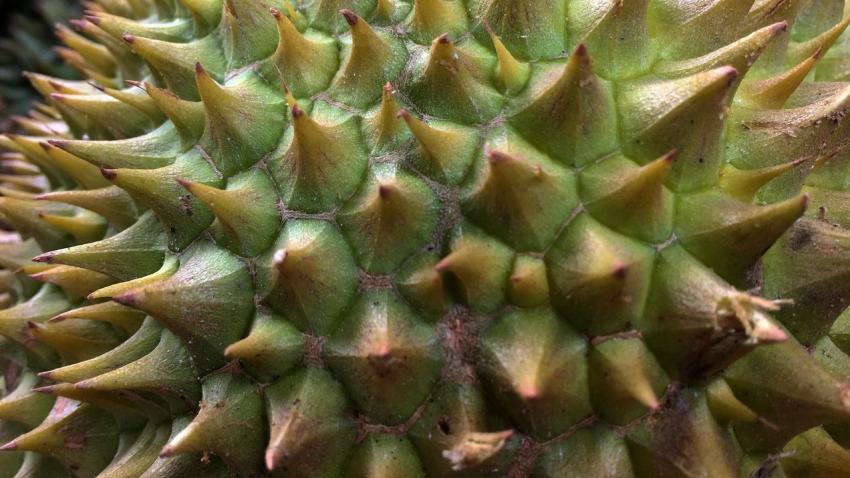







Add new comment